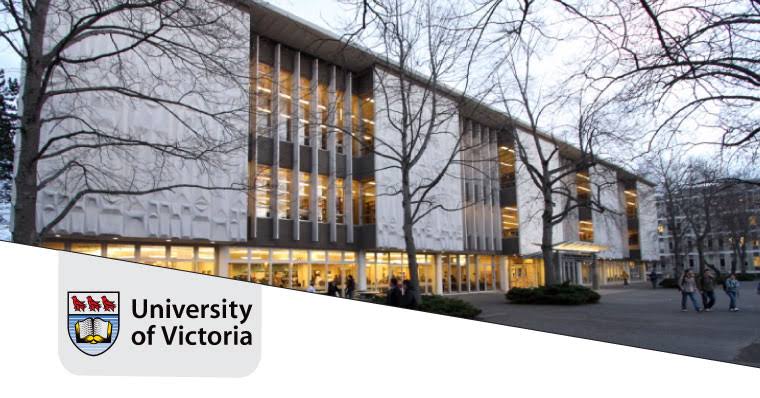Canada’s international development strategy as of July 2025 reflects a bold, multi-regional reinvention designed to respond to shifting global needs, diversify its partnerships, and reinforce its long-standing Feminist International Assistance Policy as a guiding compass. Led by Prime Minister Mark Carney’s minority Liberal government, global cooperation now prioritises climate resilience, gender equality, economic inclusion, and geopolitical diversification—anchored in Canada’s values and global identity.
Strategic Priorities and Regional Focus
Global Feminist Engagement as Core Mission
Canada continues to treat its Feminist International Assistance Policy (FIAP) as the foundational framework for its development work. Rooted in six action areas—gender equality and empowerment of women and girls; human dignity; inclusive growth; environment and climate action; inclusive governance; and peace and security—FIAP ensures that a significant percentage of bilateral development aid targets initiatives empowering women and girls.
Expanding Geopolitical Reach: Africa and Indo-Pacific
Canada unveiled its first-ever Africa Strategy in March 2025, a comprehensive roadmap aimed at forging economic partnerships, strengthening peace and security, and investing in sustainable development across African countries. With nearly one billion dollars in global commitments—including over twenty-five million to protect civilians in Sudan and West Africa—the plan seeks long-term shared prosperity and stability.
At the same time, Canada accelerated its engagement in the Indo-Pacific region. New funding was announced to support development in countries such as Bangladesh, focusing on gender equality, education, reproductive health, climate resilience, and poverty alleviation. This approach marks a deliberate shift toward economic and security diversification beyond traditional alliances.
Deepening Multilateral Engagement and Institutional Reform
Under the 2024 federal budget and departmental plans, Canada is modernizing Global Affairs Canada (GAC) by investing significantly in foreign service transformation. These changes aim to enhance recruitment, improve digital infrastructure, and strengthen mission capacity abroad.
Canada also committed to using innovative financial instruments, including proposals to support the World Bank’s hybrid capital initiatives, strengthen IMF quotas, and expand the International Assistance Innovation Program. These moves are intended to unlock additional lending for low-income countries while minimizing fiscal pressure at home.
Core Pillars of the Strategy
Education and Youth Skills Development
During International Development Week 2025, Canada pledged fifty million dollars to global education and youth skills programs. These investments aim to break cycles of poverty and empower marginalized young people across countries such as Cameroon, Tunisia, and Senegal. Special focus is placed on building market-relevant skills, fostering entrepreneurship, and promoting digital learning access.
Climate Action and Resilience
Acknowledging the increasing severity of climate change, Canada allocated over eighty million dollars to adaptation initiatives in vulnerable regions. Projects include support for women-led agricultural adaptation in West Africa, biodiversity protection in coastal zones, and water security in areas like Mongolia and Nepal.
These projects aim not only to build local capacity but also to reinforce Canada’s commitment to environmental justice and long-term resilience. Efforts are backed by a new model of climate diplomacy that ensures development and environment goals move in lockstep.
Peace, Security, and Good Governance
Canada’s Africa Strategy integrates peacebuilding, democratic inclusion, and countering violent extremism as key components. The strategy emphasizes capacity building in fragile states, electoral integrity, and support for conflict mediation.
Canada also maintains robust support for international peacekeeping operations and peacebuilding institutions. Engagement with multilateral partners such as the United Nations continues to be central in supporting global peace and security frameworks.
Tools for Impact: Innovation, Finance, and Collaboration
Leveraging Innovation and Private Capital
Through its International Assistance Innovation Program, Canada has supported hundreds of millions in catalytic financing since 2018. By mid-2025, these projects reached over one and a half million people and reduced greenhouse gas emissions significantly. The strategy now focuses on leveraging private capital and philanthropic funding alongside government commitments.
Canada’s development finance institution, FinDev Canada, plays a growing role in mobilizing investments, especially through gender-focused financing such as the 2X Canada facility. This partnership model aligns profit with purpose while ensuring that development impacts reach the most vulnerable populations.
Institutional Modernization and Delivery Capacity
To ensure the effectiveness of the new development strategy, Canada is investing in strengthening Global Affairs Canada. More than one hundred and sixty million dollars over five years has been committed to recruit and train new diplomats, upgrade IT systems, and improve the operational environment of Canada’s missions around the world.
Special attention is also being given to ensuring diversity, equity, and inclusion within the foreign service to better reflect Canada’s multicultural identity and improve responsiveness to global partners.
Key Focus Areas and Mechanisms
Canada’s new development strategy is organized around core impact areas, each with targeted mechanisms for delivery:
- Gender equality as a foundation of all programming
- Climate adaptation and environmental sustainability
- Youth education, entrepreneurship, and skill-building
- Peacebuilding, governance, and democratic resilience
- Innovative finance leveraging public-private partnerships
- Institutional reform and modernization of delivery systems
These areas are interconnected and designed to create systemic improvements that not only provide aid but promote sustainable change and self-reliance in recipient nations.
Implementation and Accountability
Predictable Funding and Long-Term Commitment
Although international assistance levels have fluctuated in recent years, the government is working to ensure more stable and predictable funding commitments. Canada’s strategy emphasizes multi-year planning, with clear goals and defined metrics for long-term engagement.
This approach enhances Canada’s credibility on the global stage while giving partner nations the ability to plan with confidence and build resilient institutions.
Transparency and Performance Monitoring
All development programs under this strategy are subject to rigorous monitoring, performance reporting, and open-data publication. Global Affairs Canada releases annual departmental plans and transparency reports, providing detailed breakdowns of funding allocations, regional results, and outcome tracking.
Canada is also committed to using open government platforms to make development data publicly available and ensure citizens and stakeholders can assess the impact of funded projects.
Looking Ahead: A New Era in Development Leadership
As of July 2025, Canada’s updated strategy for international development signals a comprehensive reorientation toward global inclusion, innovation, and justice. It moves away from transactional aid models to long-term, values-driven partnerships that reflect Canada’s evolving role in a complex and interconnected world.
By embedding gender equality, climate resilience, education, and peacebuilding into its core approach—and backing these goals with innovative finance, institutional reform, and multilateral collaboration—Canada positions itself not just as a donor, but as a development leader equipped to tackle today’s global challenges with clarity, compassion, and conviction.




This is nice